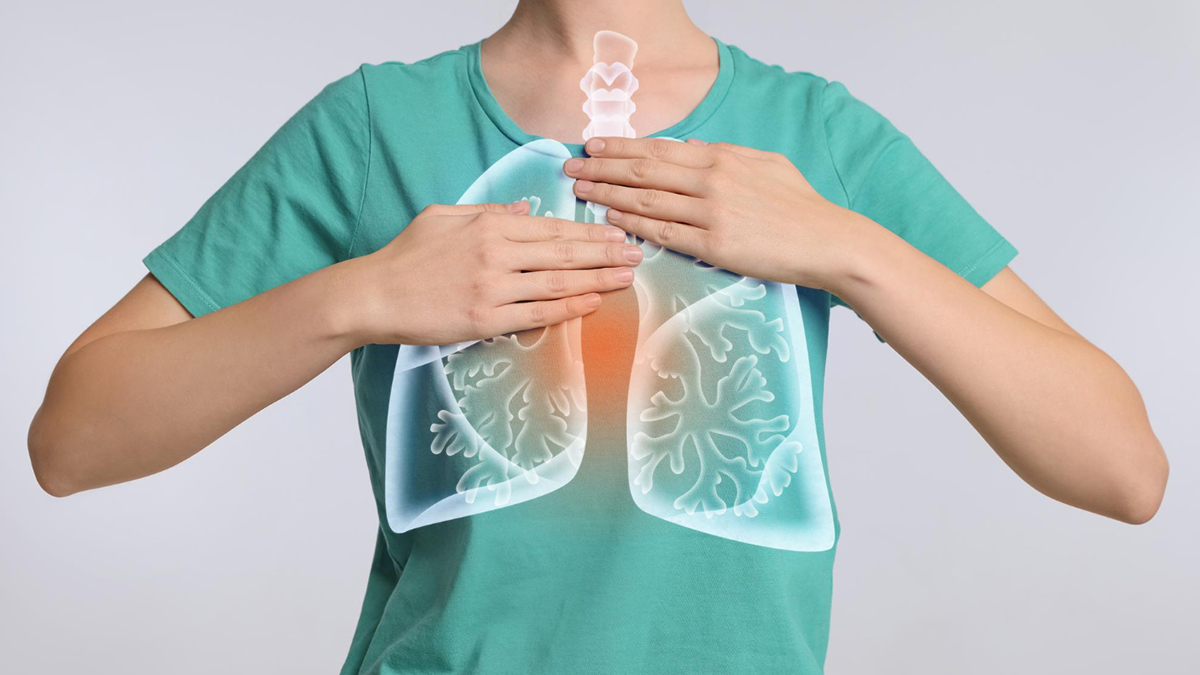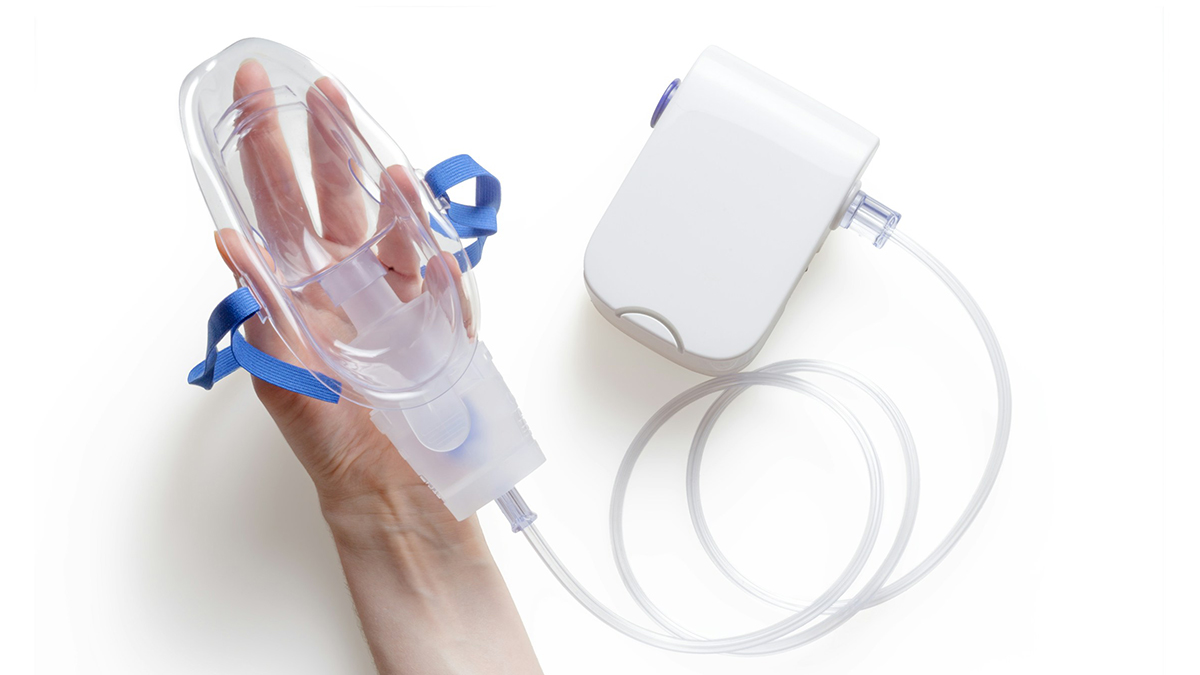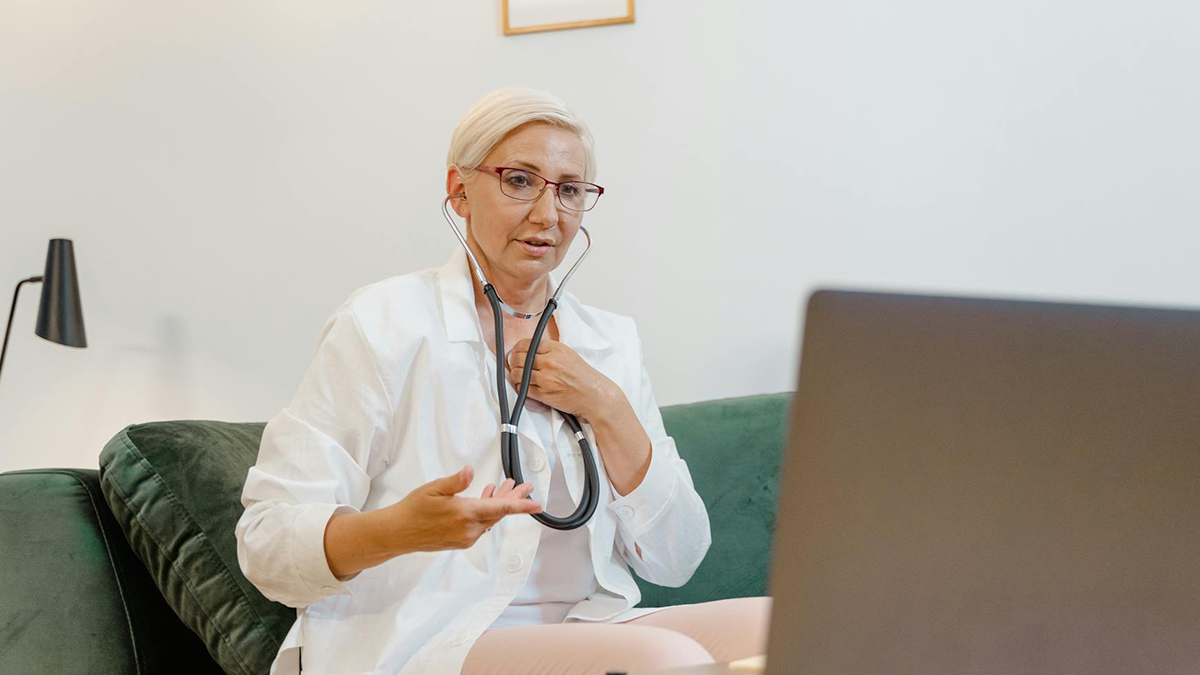Understanding the Stages of COPD: Signs and Symptoms
speciality medications

Chronic Obstructive Pulmonary Disease, often shortened to COPD, is a progressive lung disease.
It’s serious, it’s painful, and it’s common: COPD affects millions of people worldwide.
Each of these patients experiences health impacts and reduced quality of life—making high-quality, effective COPD medications a must for a significant portion of our global population.
Knowing how COPD works, what COPD stages are, and how COPD affects a person’s lungs and airways is essential for managing the condition properly. Here, we’ll discuss what you need to know about COPD, and what you can do to help yourself or a loved one manage this disease as well as possible.
What is COPD?
COPD is an umbrella term. There are several progressive lung diseases that fall in the category of chronic obstructive pulmonary diseases.
These include:
- Emphysema
- Chronic bronchitis
- (In some cases) asthma
What these disorders have in common is this: Obstructed airflow from the lungs.
When airflow from the lungs is obstructed, patients can have difficulty breathing, overproduce mucus, and experience painful wheezing. Crucially, COPD tends to be a condition that develops slowly over several years. If you’re able to detect COPD and start managing it early, your experience with the disease will be very different.
What Causes COPD?
The main cause of COPD is exposure to irritants that damage the lungs and airways—particularly over the long-term.
Several different environmental culprits can be these irritants. For example, cigarette smoke is a common factor, but chemical fumes, air pollution, and dust can also play a role.
In some cases, genetics can also contribute to COPD. This can result in a COPD diagnosis for individuals who have not smoked or been around environmental irritants.
Once a person does have COPD, it tends to progress through four stages.

The Four Stages of COPD
COPD causes inflammation, changes airway structure, and affects lung tissue. The result? Narrowed airways, difficulty clearing mucus, trapped bacteria, infections, and further lung damage.
This is painful and dangerous long-term. However, as we mentioned above, if you can catch and treat COPD in an earlier stage, your experience and outlook may be better.
The Global Initiative for Chronic Obstructive Lung Disease categorizes COPD progression into four stages. Your doctor or care team can help determine which stage of COPD you’re in by measuring your forced expiratory volume in one second, a test called the “FEV1” test.
Here’s a little more information about each stage of COPD.
Stage One: Mild COPD
This is the earliest stage of COPD, and symptoms in this stage may be so mild that individuals may not notice them (or consider them mild annoyances that just come with life). These symptoms include the occasional shortness of breath and a cough that’s mild, but persistent.
In this stage, lung function is beginning to decline. However, this functionality hasn’t yet decreased by more than 20%.
Stage 2: Moderate COPD
In this stage, COPD symptoms may become more noticeable.
Symptoms of this stage include:
- Chronic cough
- Increased mucus production
- Shortness of breath—especially during increased activity
At this point, an affected individual’s lung function is between 50% and 80% of their original capacity. Generally, this is when people seek help since the symptoms are severe enough to begin affecting their quality of life.
Stage 3: Severe COPD
As COPD progresses to Stage 3, available lung function falls to 30-50% of the original capacity.
This does result in more severe symptoms. Patients in this stage may experience breathlessness, reduced exercise capabilities, and frequent respiratory infections.
Stage 4: Very Severe COPD
The final stage of COPD comes with extremely severe airflow limitations.
At this point, a patient has less than 30% of their original lung function and may experience chronic respiratory failure. This happens when the human body can’t get enough oxygen or remove enough carbon dioxide from the air to get oxygenated.
When a patient reaches this point, they may require mechanical ventilation support or long-term oxygen therapy.
Recognizing the Signs and Symptoms of COPD Early
Timely intervention can make a huge difference in your quality of life.
To detect and treat COPD early, you need to understand what common symptoms may appear subtle initially before gradually becoming more intense as COPD progresses through its stages.
These symptoms include:
- Shortness of breath. This may begin by only appearing during physical exertion, which may seem relatively normal. As COPD progresses, however, the shortness of breath will become disproportionate to the level of physical activity—e.g., you’ll find yourself out of breath when you’re walking short distances, not only when playing pickup basketball.
- Chronic cough. A chronic cough is one that lasts for a long time. It often produces mucus. Unlike a cough that you might get with a respiratory infection or cold, a chronic cough will persist for months. It may be particularly severe in the morning.
- Fatigue. People with COPD will find that their everyday activities are more tiring than expected. They won’t just feel sleepy; they’ll feel exhausted—and they won’t feel better after they rest. This is because the body is working harder and harder to breathe.
COPD symptoms tend to start out small and get worse with time. This can make figuring out when to seek out medical help very difficult.
Remember, it’s far better to be safe than sorry. If you do experience a chronic cough, unexplained fatigue, or you have a hard time breathing during activities that aren’t that taxing, mention it to your doctor. If you’re at risk for COPD because you smoke, someone you live with smokes, or you’ve worked or lived in an area with exposure to lung irritants, ask your doctor if you should be screened for COPD.
Then, if it turns out that you do have COPD, even if you’re in a very early stage, it may be time to start talking about your treatment options.

Diagnosis and Monitoring of COPD
If you bring your concerns about possible COPD to your doctor, the first step will be diagnosis. To diagnose you properly, your doctor will coordinate tests that measure how effectively you’re able to inhale and exhale. The results of these tests will help determine whether you have COPD—and, if applicable, pinpoint which stage you’re in. If more information is needed, your doctor might recommend further tests, such as CT scans and chest X-rays, to learn more about the precise condition of your lungs.
Once you have a diagnosis, your doctor will likely recommend a series of ongoing consultations or monitoring visits. Don’t shirk these off—they’ll be important for tracking the progression of your disease and evaluating any treatment you decide to pursue.
How to Treat COPD
Depending on which stage of COPD you’re in, your strategy for treatment may look a little different—but you’ll likely receive recommendations for lifestyle changes, medication, and even surgery.
The lifestyle modifications your doctor may recommend include quitting smoking and, if possible, avoiding any environmental lung irritants that could exacerbate your symptoms or even trigger disease progression.
What Medications Treat COPD Effectively?
For many people with COPD, the right medication can make a world of difference. Typical COPD prescriptions include corticosteroids and bronchodilators, which can help improve lung function and alleviate symptoms.
Common COPD drugs include the following:
Flovent HFA Inhaler
Flovent HFA Inhaler (fluticasone) contains a corticosteroid medication. It’s often used to control symptoms of asthma. The corticosteroid works by reducing inflammation in the lungs, and the medication goes directly to the lungs—which offers hyper-local, targeted, and quick-acting relief.
You can buy a brand-name Flovent HFA Inhaler through NorthWestPharmacy.com for around $57.00 or a generic version for even less.
Trelegy Ellipta
Trelegy Ellipta (fluticasone furoate/umeclidinium/vilanterol trifenatate) combines three different active ingredients that all work together to manage stubborn COPD symptoms. When taking Trelegy Ellipta, patients will use their inhaler once per day to improve airflow, relax airway muscles, and reduce inflammation.
You can buy 30 doses of brand-name Trelegy Ellipta through NorthWestPharmacy.com for about $150.00.
Advair Diskus (or Advair Discus)
Advair Diskus (fluticasone propionate/salmeterol xinafoate) combines a corticosteroid medication with a beta-agonist active ingredient to control and prevent symptoms related to both asthma and COPD. It’s a good choice if you’re looking for long-term COPD management strategies.
You can buy 60 doses of brand-name Advair Diskus through NorthWestPharmacy.com for approximately $80.00 and save much more on the generic.
Symbicort Inhaler
Symbicort Inhaler (budesonide/formoterol fumarate dihydrate) offers COPD patients another type of combination to treat their COPD symptoms—this time, an anti-inflammatory corticosteroid and a bronchodilator, which works to relax airway muscles.
You can buy 120 doses of brand-name Symbicort Inhaler through NorthWestPharmacy.com for around $81.00. Save more on the generic.
Spiriva plus Device
Spiriva plus Device (tiotropium plus device) is designed to treat bronchospasms that are associated with both asthma and COPD. The unique device that comes with this prescription option delivers the dry powder medication directly to a patient’s lungs, which goes a long way toward improving breathing in a timely manner.
You can buy 30 doses of brand-name Spiriva plus Device through NorthWestPharmacy.com for about $95.00 while generic Spiriva is even cheaper.
Symbicort Turbuhaler
Symbicort Turbuhaler (budesonide/formoterol fumarate dihydrate) is a combination inhaler often prescribed to people with COPD and asthma. It delivers both bronchodilation and anti-inflammatory effects. It does require twice-daily dosing for optimal use, which is just something that’s good to know if you’re considering this medication.
You can buy 120 doses of brand-name Symbicort Turbuhaler through NorthWestPharmacy.com for around $110.00. There is a generic alternative available too for more savings
Spiriva Respimat
Spiriva Respimat (tiotropium bromide) is a soft mist inhaler, which can provide a gentler, more accessible experience to people who are dealing with hard-to-manage wheezing, shortness of breath, and other symptoms associated with COPD and asthma.
You can buy a brand-name Spiriva Respimat through NorthWestPharmacy.com for about $140.00.
Ventolin HFA Inhaler
Ventolin HFA Inhaler (albuterol) is a fast-acting bronchodilator. If you’re having a COPD flare-up, Ventolin can help you by relaxing the muscles in your airways. This won’t be a good long-term management plan, but it is an effective selection for emergency relief.
You can buy a brand-name Ventolin HFA Inhaler through NorthWestPharmacy.com for approximately $30.00. Get the generic from us for far less.
Anoro Ellipta
Anoro Ellipta (umeclidinium and vilanterol inhalation powder) is another inhaler that combines two active ingredients—but this time, it combines two bronchodilators. Patients need only take this medication once per day to reduce their symptoms.
You can buy 30 doses of brand-name Anoro Ellipta through NorthWestPharmacy.com for around $130.00.
Advair HFA Inhaler
Advair HFA Inhaler (fluticasone propionate/salmeterol xinafoate) works similarly to the Advair Diskus version of the medication, but this one gets delivered through a metered-dose inhaler. This provides more options to people who are looking for specific ways to manage their COPD symptoms.
You can buy a brand-name Advair HFA Inhaler through NorthWestPharmacy.com for around $135.00 with a generic option for a much lower price than that.

Need Ways to Treat the Four Stages of COPD?
COPD is a progressive disease. Figuring out that you may have it early on is critical–and then, if you do get a COPD diagnosis and realize you need to treat it, navigating stage-by-stage treatment will be vital for effective COPD management. Understanding what the early signs and symptoms of COPD are and having access to high-quality, safe, and authentic medications are two of the most important ways to tackle your COPD diagnosis.
We understand that that’s easier said than done, though—and that figuring out how to manage and access your care can be challenging. That’s where we come in. Through NorthWestPharmacy.com, you can buy brand-name and generic COPD medications for steep savings (and with convenient shipping, straight to your front door!).
If you’re interested in saving up to 90% on your required prescription medications, Give our friendly customer service team a call, or place your private, secure, and timely order in just a few clicks. The team at NorthWestPharmacy.com looks forward to helping you thrive.